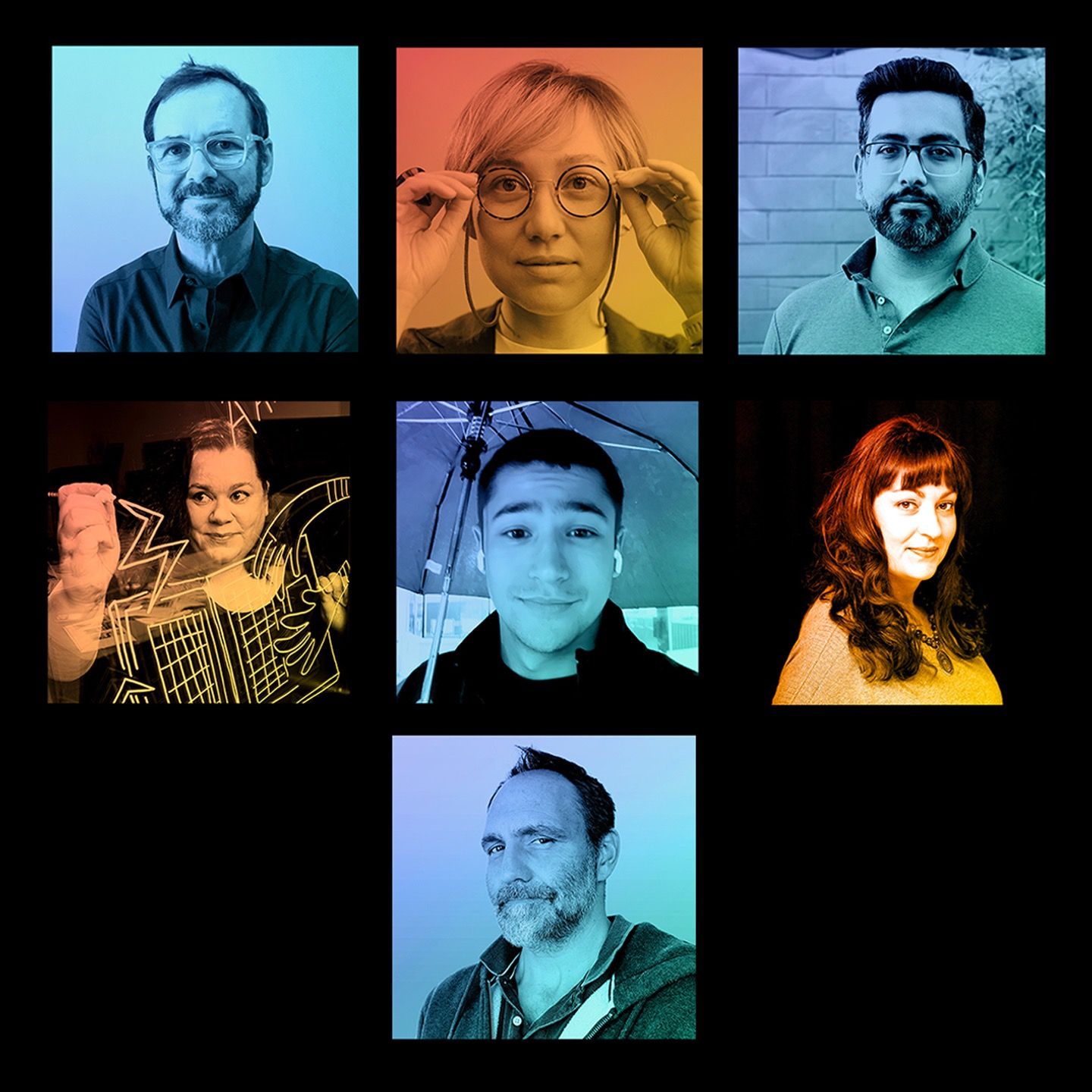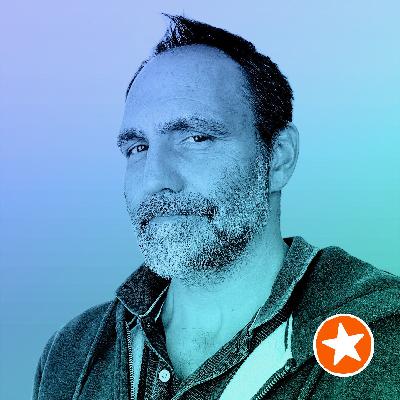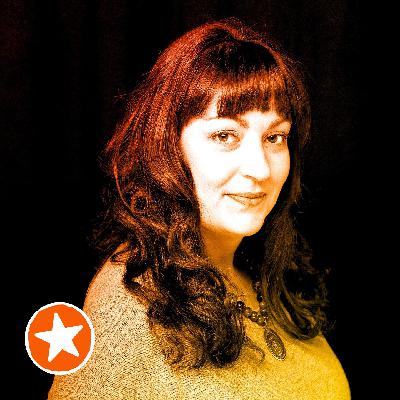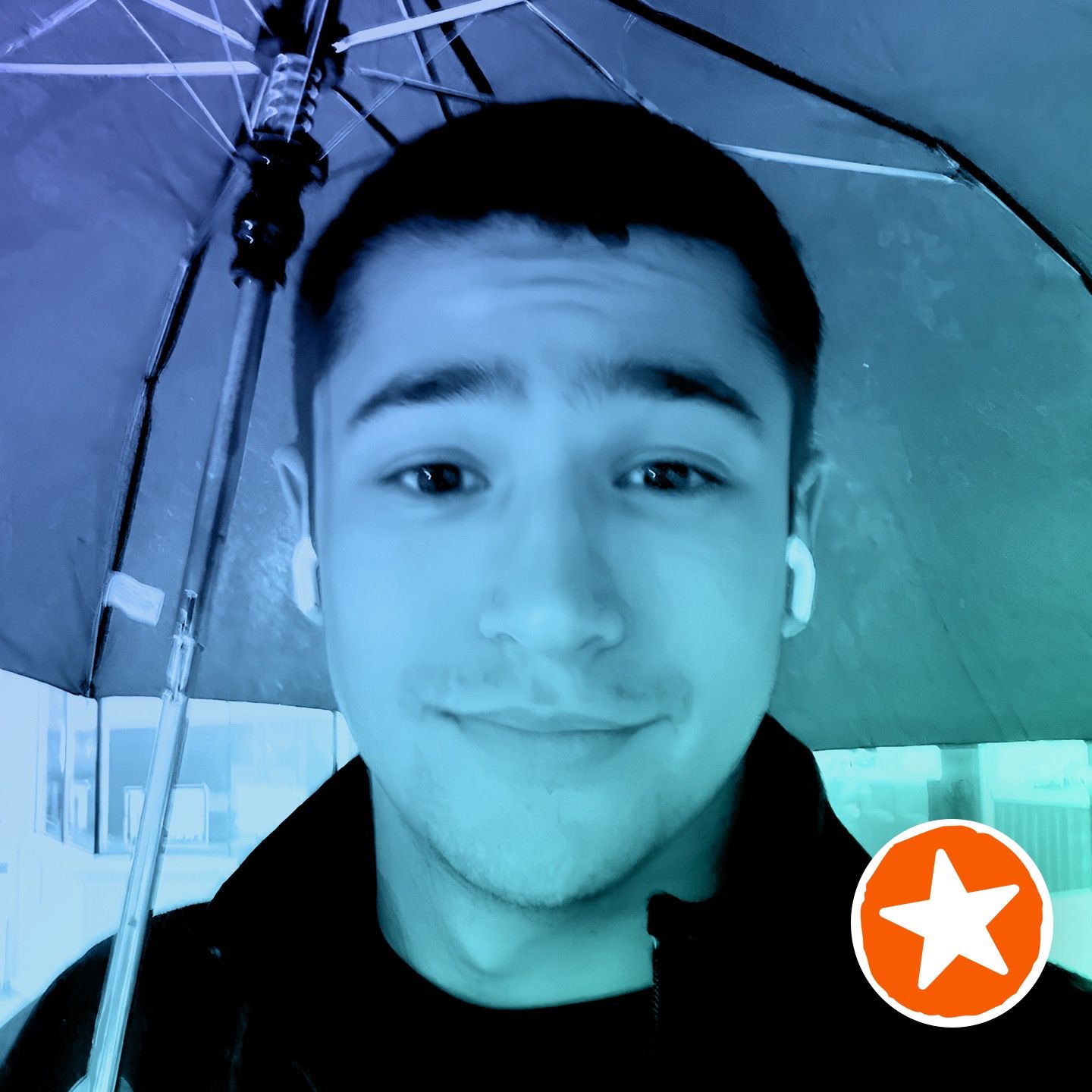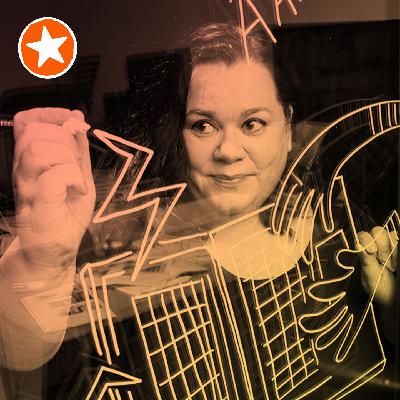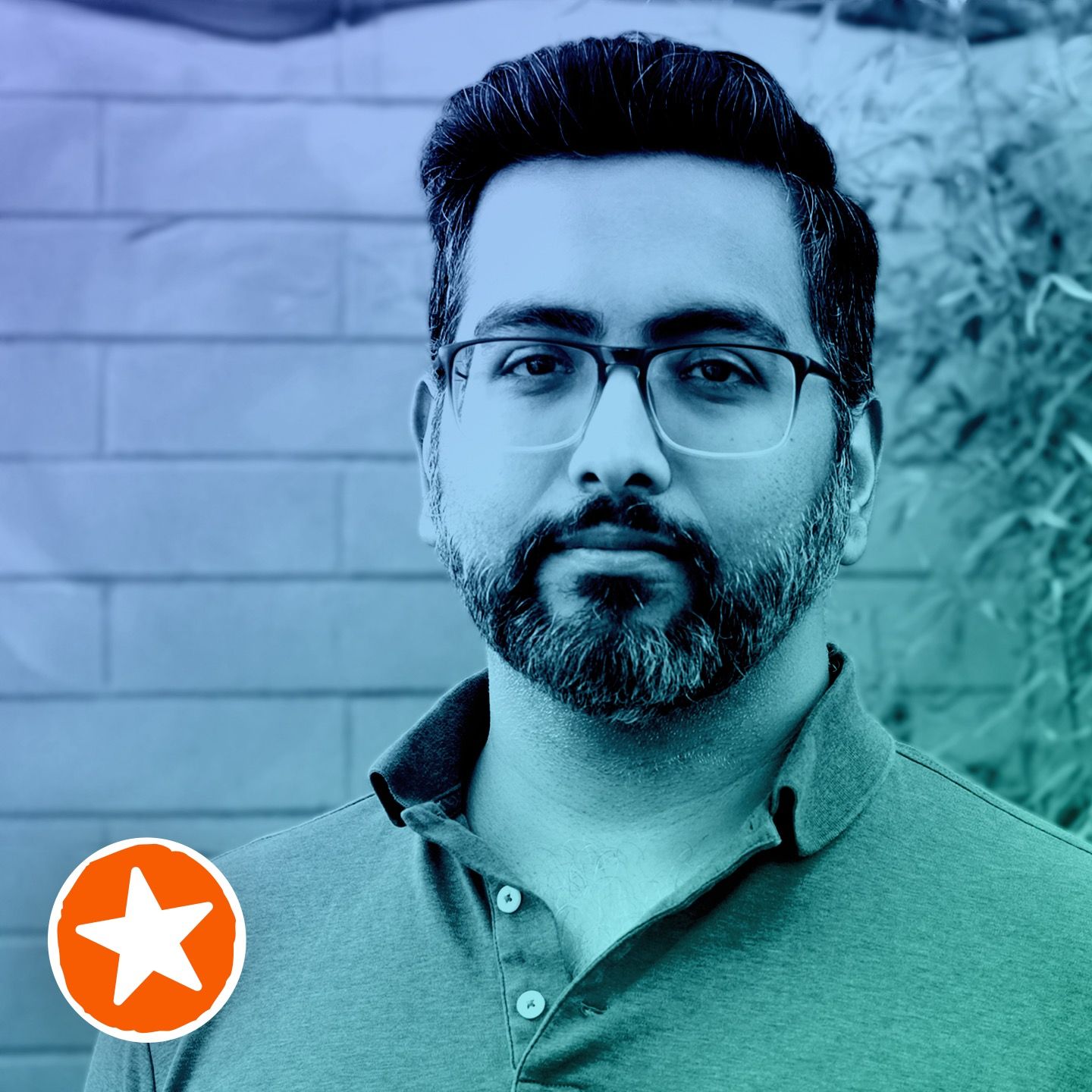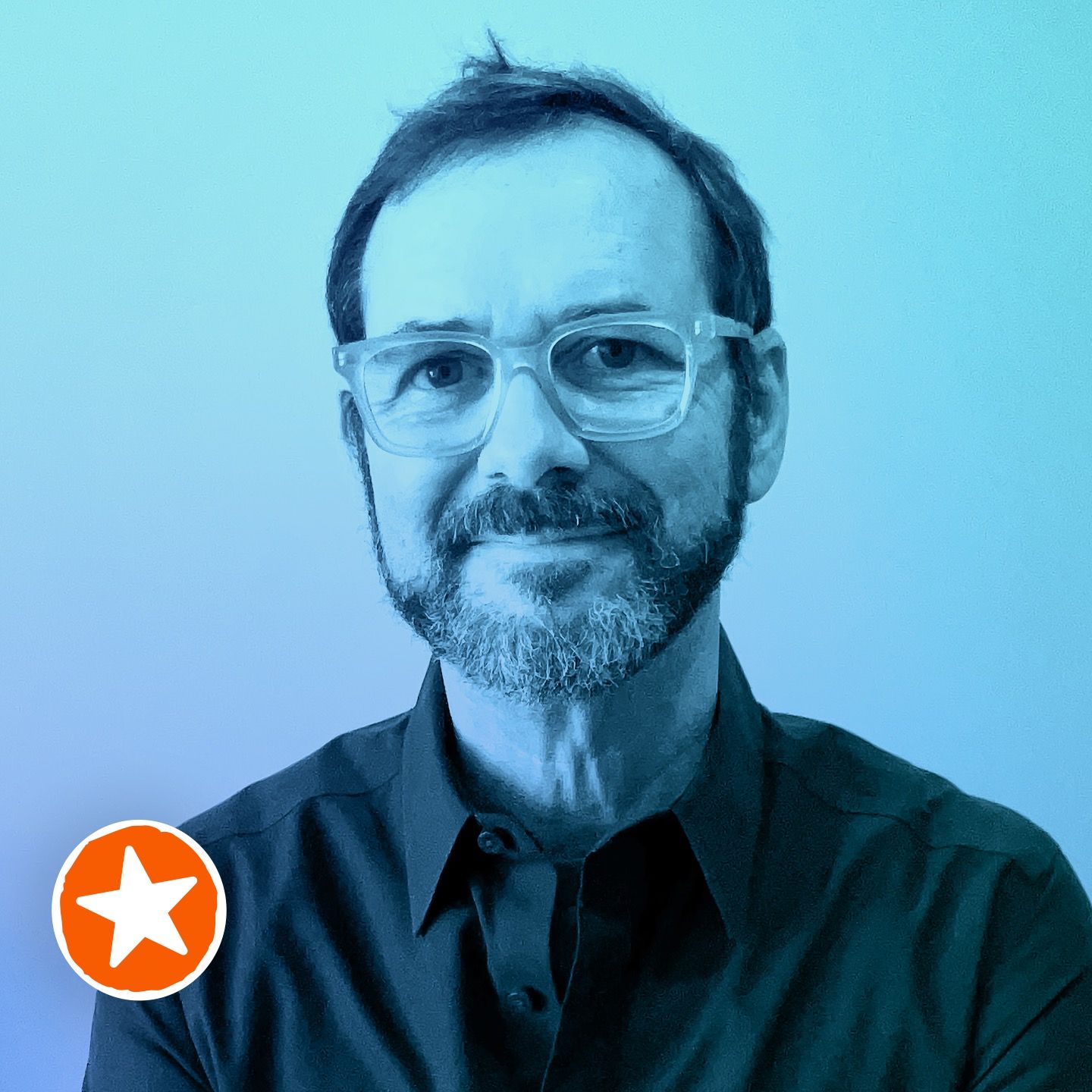Kelvy Bird grounds her work in sustainability with a distinctively creative flair - S16/E03
Description
In this episode, Kelvy Bird shares how her artistic background influences her visual approach to scribing ideas and how it becomes a powerful tool for facilitating deeper understanding within groups.
Sponsored by Concepts
The Concepts Sketchnote Workshop video — a unique, FREE, hands-on workshop video where I show you how I use the Concepts app to create sketchnotes on an iPad Pro with an Apple Pencil.
In this one-hour, eighteen-minute video, I cover:
- The Infinite Canvas as a sketchnoting power feature
- How vectors give you complete control of brushes and sizing as you create sketchnotes and
- How vector elements let you size and repurpose your drawings for ultimate flexibility.
The workshop video includes answers to common questions about Concepts.
Watch the workshop video for FREE at:
Be sure to download the Concepts app at concepts.app and follow along with me during the workshop!
Running Order
- Intro
- Welcome
- Who is Kelvy Bird
- Origin Story
- Kelvy's current work
- Sponsor: Concepts
- Tips
- Tools
- Where to find Kelvy Bird
- Outro
Links
Amazon affiliate links support the Sketchnote Army Podcast.
Tools
Amazon affiliate links support the Sketchnote Army Podcast.
Tips
- Experiment and try new tools/approaches.
- Preserve a sense of mystery and beauty in your work.
- Prioritize self-care both physically and mentally.
Credits
- Producer: Alec Pulianas
- Shownotes and transcripts: Esther Odoro
- Theme music: Jon Schiedermayer
Subscribe to the Sketchnote Army Podcast
You can subscribe to the podcast through iTunes, Google Podcasts, Spotify, Amazon Music, YouTube or your favorite podcast listening source.
Support the Podcast
To support the creation, production, and hosting of the Sketchnote Army Podcast, buy one of Mike Rohde’s bestselling books. Use code ROHDE40 at Peachpit.com for 40% off!
Episode Transcript
Mike Rohde: Hey everyone, it's Mike and I'm here with Kelvy Bird. Kelvy, it's so good to have you on the show.
Kelvy Bird: Thank you so much for having me. It's an honor and a pleasure.
MR: We've been trying to get you on—I think I've been trying to get you on, you may not know this, but for the last couple of seasons and it finally worked out, so I'm excited. You do some really cool stuff. You're really unique, I think, in the visual thinking space with the way you approach things and the way you think about things. That's my perspective, is you're really unique. And so, I wanted to bring that to other visual thinkers who may not know who you are, right. It's such a wide community that there's little pools and spaces where you may not know things, so it's always good to reveal that, to make you known. I'll just turn it over to you. Let's first hear in your own words, who you are and what you do.
KB: Well, first, thanks so much. When you said I'm unique, I had a little bit of like, "I am?" That made me happy. Anyone who's watching the video, I have to apologize for my particularly summer feral 90-degree look, but for those of you listening, I hope you'll be spared. I'm Kelvy Bird. I grew up in the Hudson Valley in New York State. Just about an hour North of New York City. My whole family was from the city originally. I grew up near the woods.
And a big part of my origin story, those people who do know me have probably heard this many times, is that my parents split up when I was three, and so I grew up going between households, between rule sets, between cultures. They were very culturally—well, I mean, not so much culturally different, but there were a lot of differences between the households at that time in the '70s. Both homes were in the woods, and so I have a strong continuity with nature. Also, that led to my probably keen sense of observation. When I'm in spaces I'm always kind of at the edge of a system before engaging with a system just from a very early childhood, you know, a safety mechanism of—
MR: It's what you operated then?
KB: Yeah. I mean, it's like, you wanna know that—if you're unsure of environments, you know, you kind of check it out before you really immerse yourself in them. That's really lent itself—well, I probably became ascribed in some ways because I have that natural inclination to observe. I studied art and art history at Cornell in Upstate New York and graduated, I think like '88 or '89 in the Reagan years when there was like, you know, "What could you do as an artist?" You could work in a gallery or a museum to feed your art or you could live in the woods and make candles. What I had planned to do was, I envisioned a really quiet slow life for myself. Which has been very much the opposite of what unfolded.
MR: Of course.
KB: At some point, so I was making art and then I was out living out in the Bay Area after school and I was doing collaborative art, and then I met some people who—Chris Allen, who was working with Matt—well, was working with an on the board for Matt and Gale Taylor and of MG Taylor. And so, he kind of got me connected into their work, and that was my introduction to scribing. I was working with them for a few years before I really started to be comfortable scribing. I did a lot of sketch noting, I guess now we would call it, thanks to you.
MR: Yeah.
KB: And you know, time to really learn my visual vocabulary and my method of processing information. Then learn from people like Christopher Fuller and Brian Kaufman. Francis Gillard was in the system then and alongside Peter Durand. Peter and I kind of came up together in that space.
MR: Okay.
KB: Yeah.
MR: He's one of the other guests in this season.
KB: Oh, cool.
MR: So we can hear his story. You're gonna be in with him. I'm kinda—
KB: There's—oh, go ahead.
MR: I was gonna say, as I understand, I know I don't have a cursory overview of scribing in that space. My story was I started discovered the Sketchnoting 'cause it just made sense. Then as I got into it and started practicing it, stumbled into the whole scribing community. Like, "Wow, these are my people. I mean, they work on a large scale, but like the principles are the same." And as I understood over time, it seemed like there were two schools that you tended to come from. It was either MG Taylor or David Sibbet's space. That felt like the two, maybe there were more, I don't know, maybe there's some different ones in Europe, but in the U.S., those tended to be the two schools that you would come from. I think like Brandy Agerbeck, I think she's MG Taylor trained, right?
KB: Yes. Yeah.
MR: They're probably similar, but I'm sure there's probably cultural differences that are a little different.
KB: The contemporary scribing with David Sibbet—I've written a little bit about the history, and I did some research for my book. Somewhere out there, there's a history and other people have expanded on it and brought it to be more current, but it originated in the '70s in the Bay Area with David and his colleagues. Then Matt and Gail were also working with this method in Boulder, Colorado with Jim Shannon, who was one of the first people to scribe in their context. The biggest difference I think is David and The Grove use visuals as part of a facilitative. They facilitate while they're drawing.
I think now it's become maybe people who learn from them more graphic—I shouldn't speak for this because I don't really know, more like graphic recording. Then with MG Taylor, the scribing was embedded in a range of facilitated methods like music and documentation, the environment, how the chairs were set, how the room was set, how walls were set up for people. The whole scribing was one element of many domains of facilitation.
MR: Almost thought of as an experience, like a whole experience and considered that way.
KB: Yeah, yeah. It was a more immersive maybe. Also, it wasn't just the scribe scribing, the participants of these large-scale design shops, they're called, are all scribing. People while they're working, are using big walls to draw on. It's very social in that regard where it's immersive and


